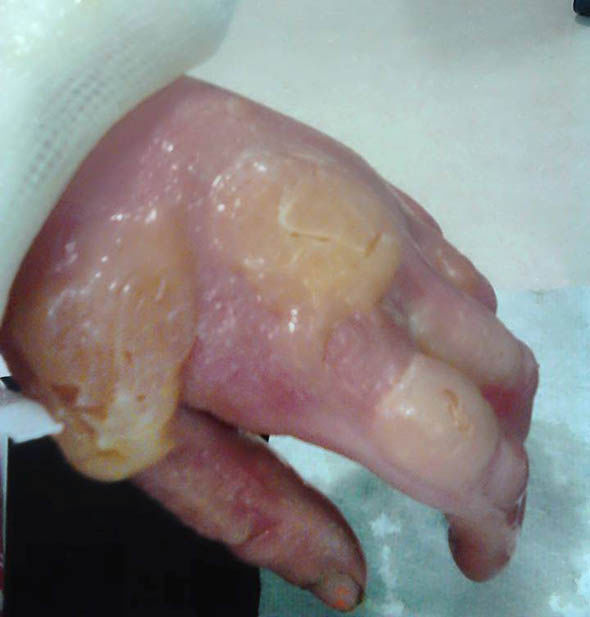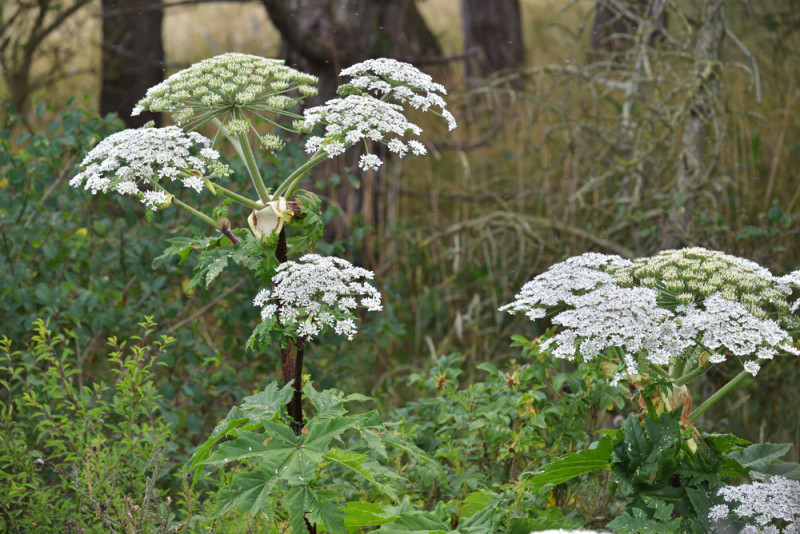Do you want nasty blisters? I’ve got two words for you: Giant Hogweed.
Today, I’m about to show you how you can get really rotten looking, foul smelling, puke-inducing blisters all over your body just by simply touching a plant.
Believe it or not, here in North America, there are at least 10 invasive species of plants that are toxic. These include oleander, manchineel, and the aptly named deadly nightshade. But we should also watch out for some common plants that crop up in the fields and our gardens, too.
While many of those plants look like something you’d want to stay away from even if they weren’t poisonous, the plant I’m writing about today is something you might be tempted to pick and even share with friends and loved ones under the right circumstances.
Don’t touch giant hogweed. That would be a mistake. How big of a mistake?

Via express.co.uk
Results like this can be attained without even eating the thing; merely by touching the plant, people can find themselves with nasty blisters like the ones on this poor kid’s hands.
The hogweed plant is actually part of the carrot family and can grow up to 14 feet tall. The danger comes from toxic sap within the stem.
Contact with the plant can even cause blindness.
CBS News did a report containing a few facts about this deadly plant that I recommend you look into. Here are a few notable points to help you identify and stay away from the plant:
Appearance
Giant hogweed, which is considered a noxious weed, has thick leaves stretching up to five feet. It has large clusters of white flowers that sit atop the stems in an umbrella-like pattern. The stems are green with white hairs.

Location
The Department of Environmental Conservation reports that giant hogweed can be found in New York, Pennsylvania, Ohio, Maryland, Oregon, Washington, Michigan, Virginia, Vermont, New Hampshire, and Maine.
The map below, from the DEC, shows spots where the weed has been eliminated.

What to do if you come into contact with giant hogweed.
Symptoms of coming into contact with giant hogweed include painful blisters forming within 48 hours, scars and blindness.
If you suspect you have come into contact with the plant, wash the area with soap and cold water immediately. Keep the area away from sunlight for 48 hours and get to a physician if possible.
Here is a video about a girl who came into contact with giant hogweed:
How to report giant hogweed
If you come across a plant that looks like giant hogweed, please report it to the EPA hotline at 1-800-424-8802. DO NOT attempt to remove the plant yourself.
You can also see this list for state-specific hotlines.
(h/t: Realfarmacy)


